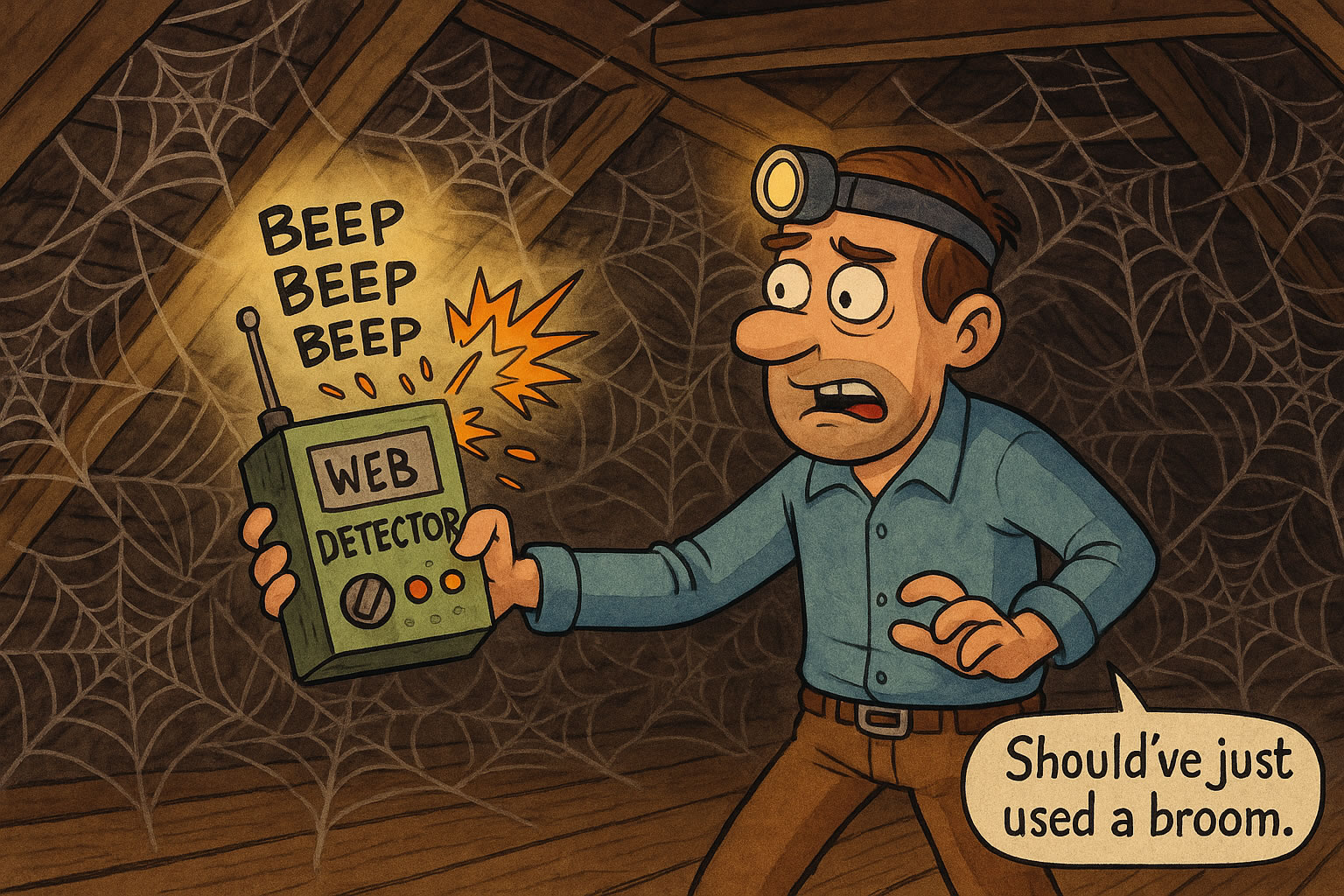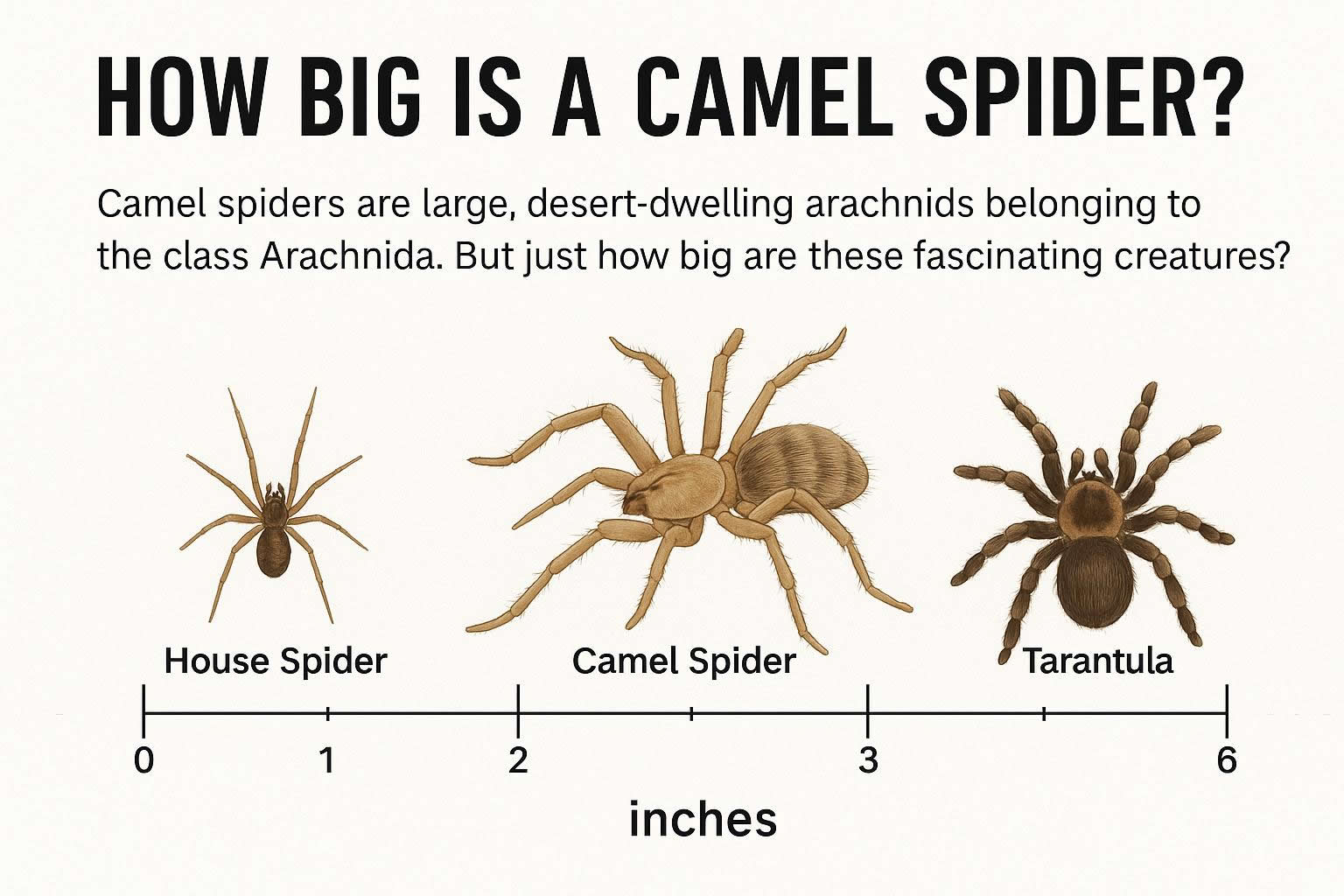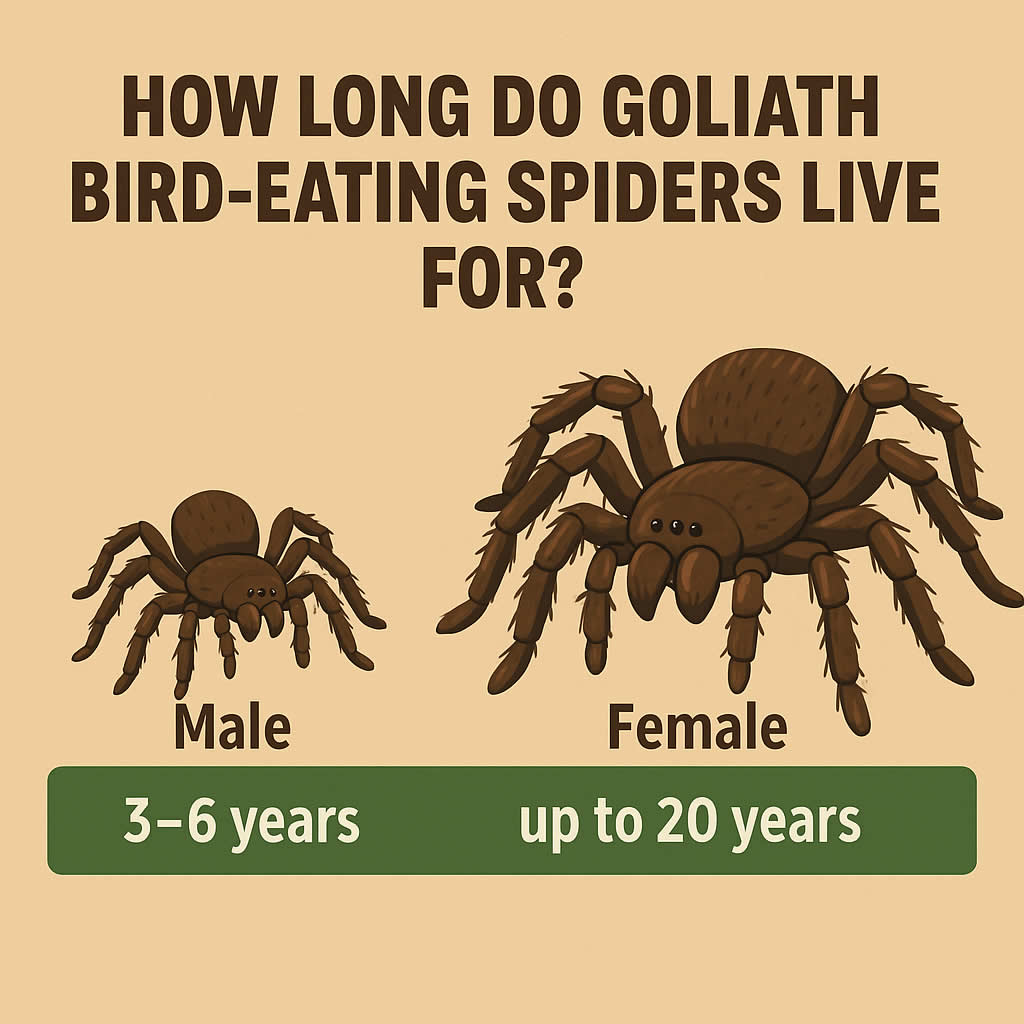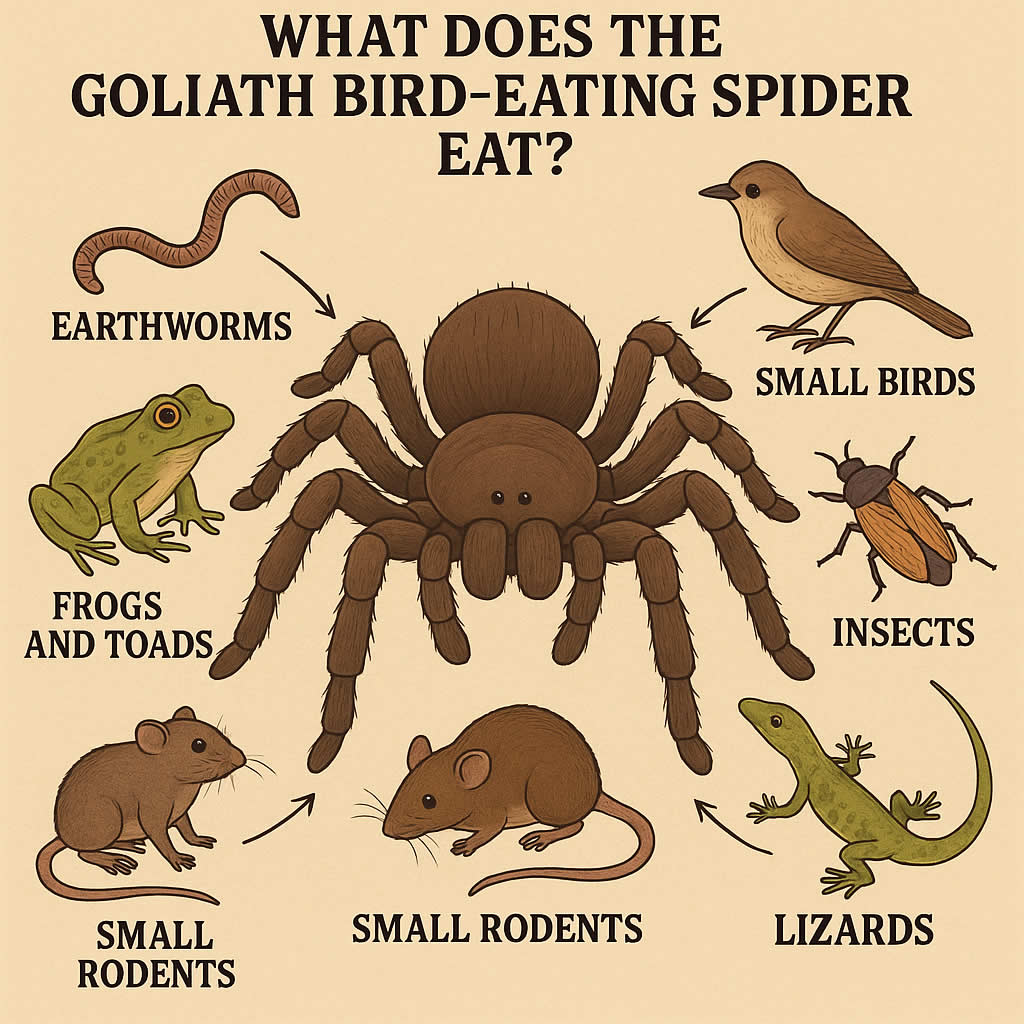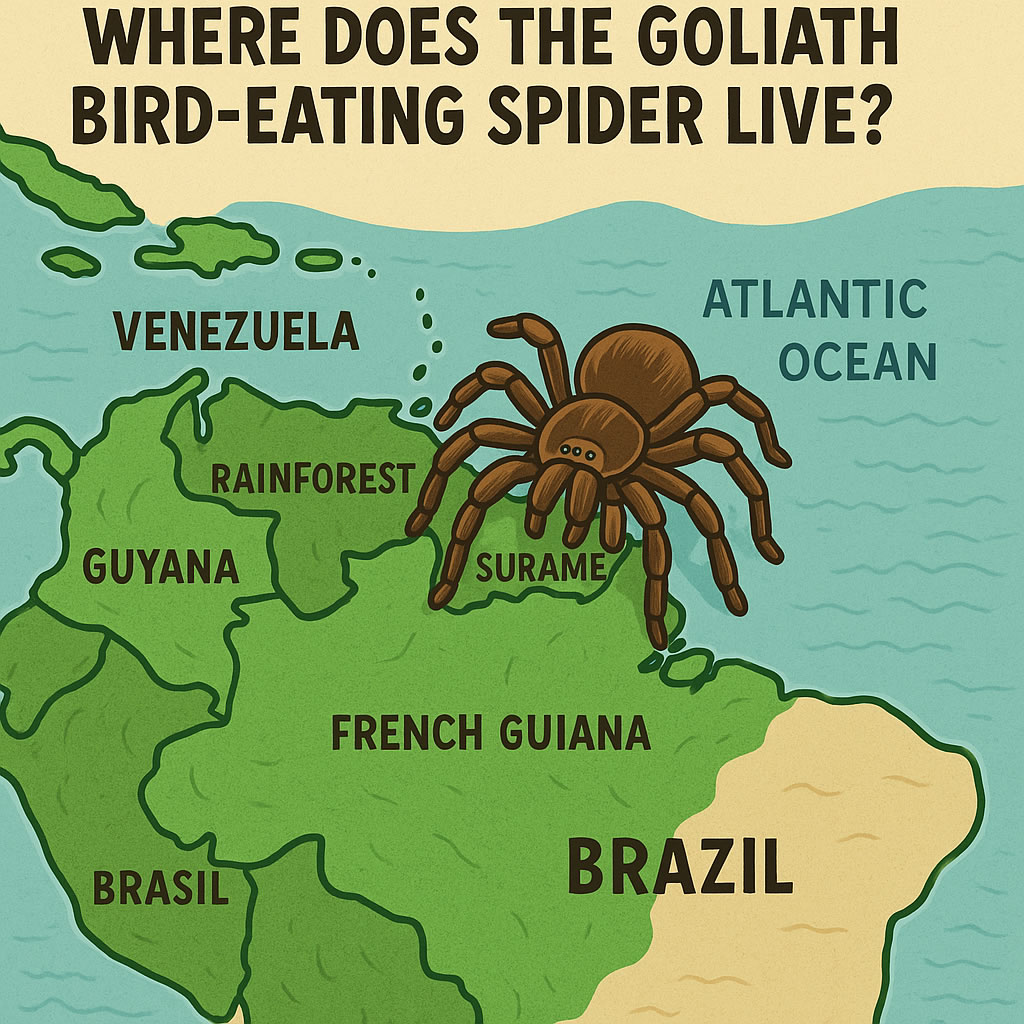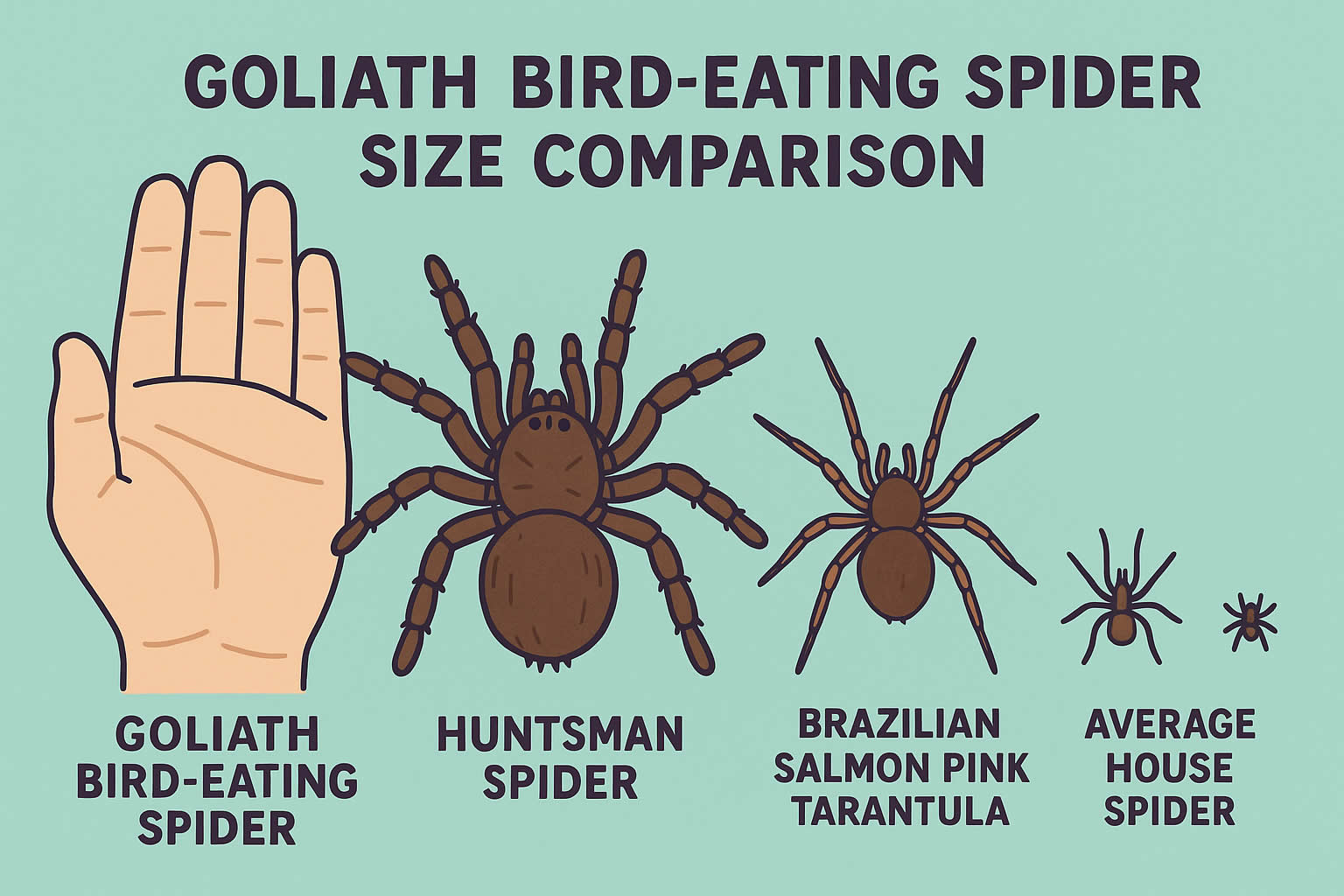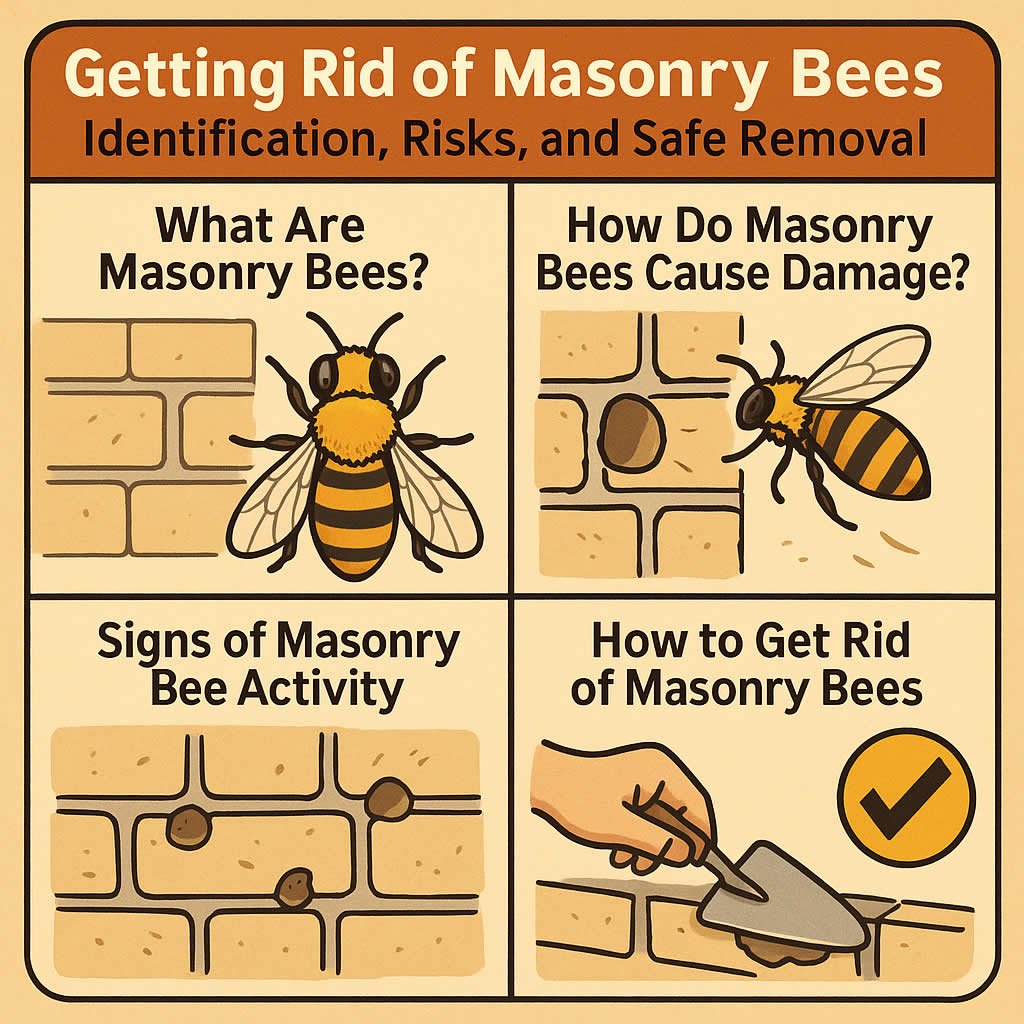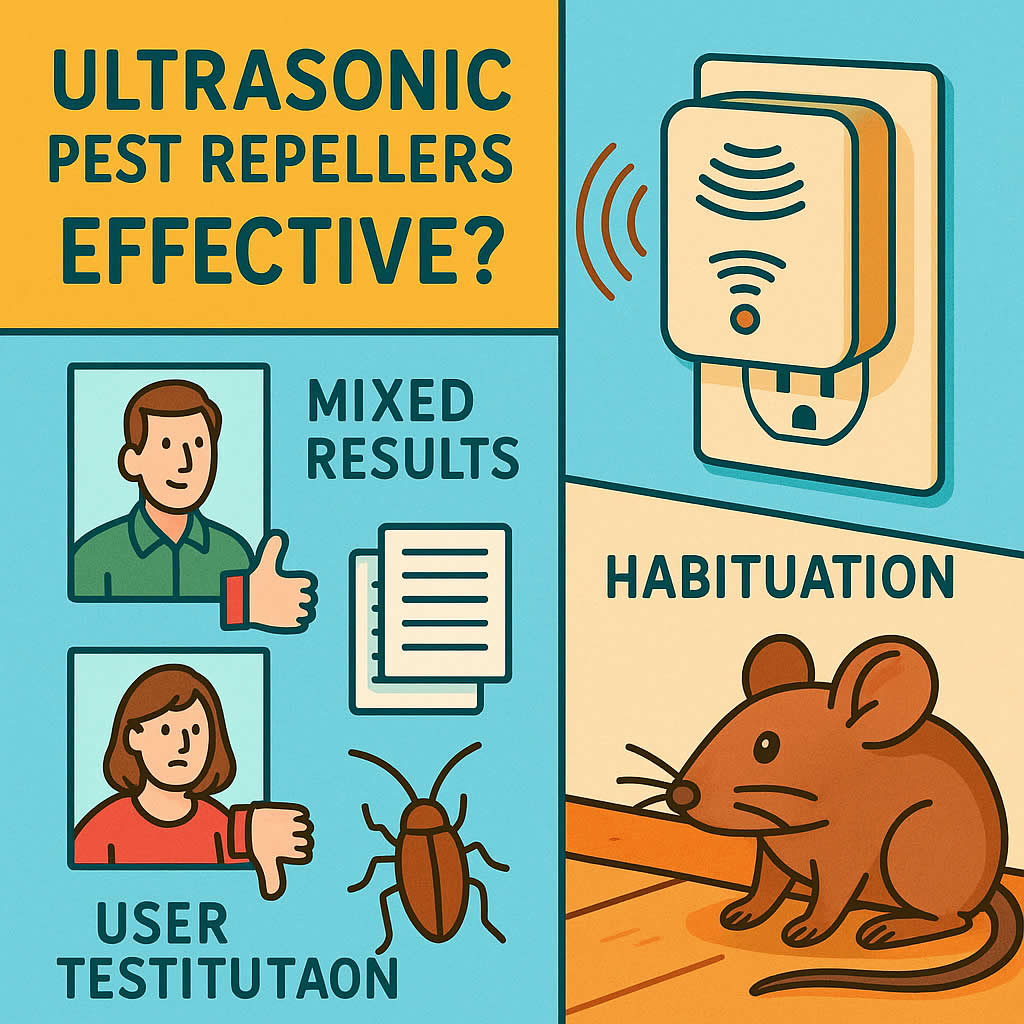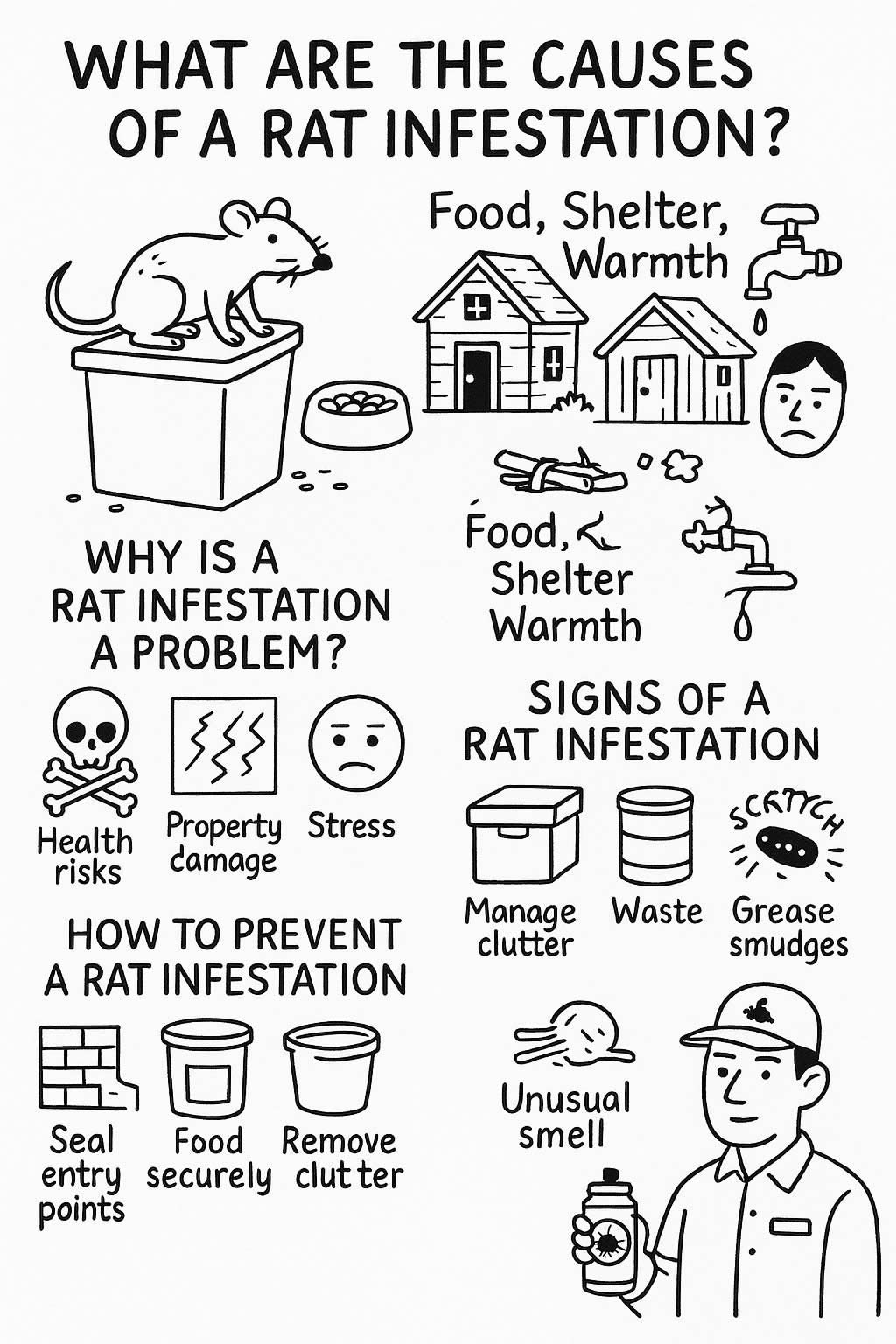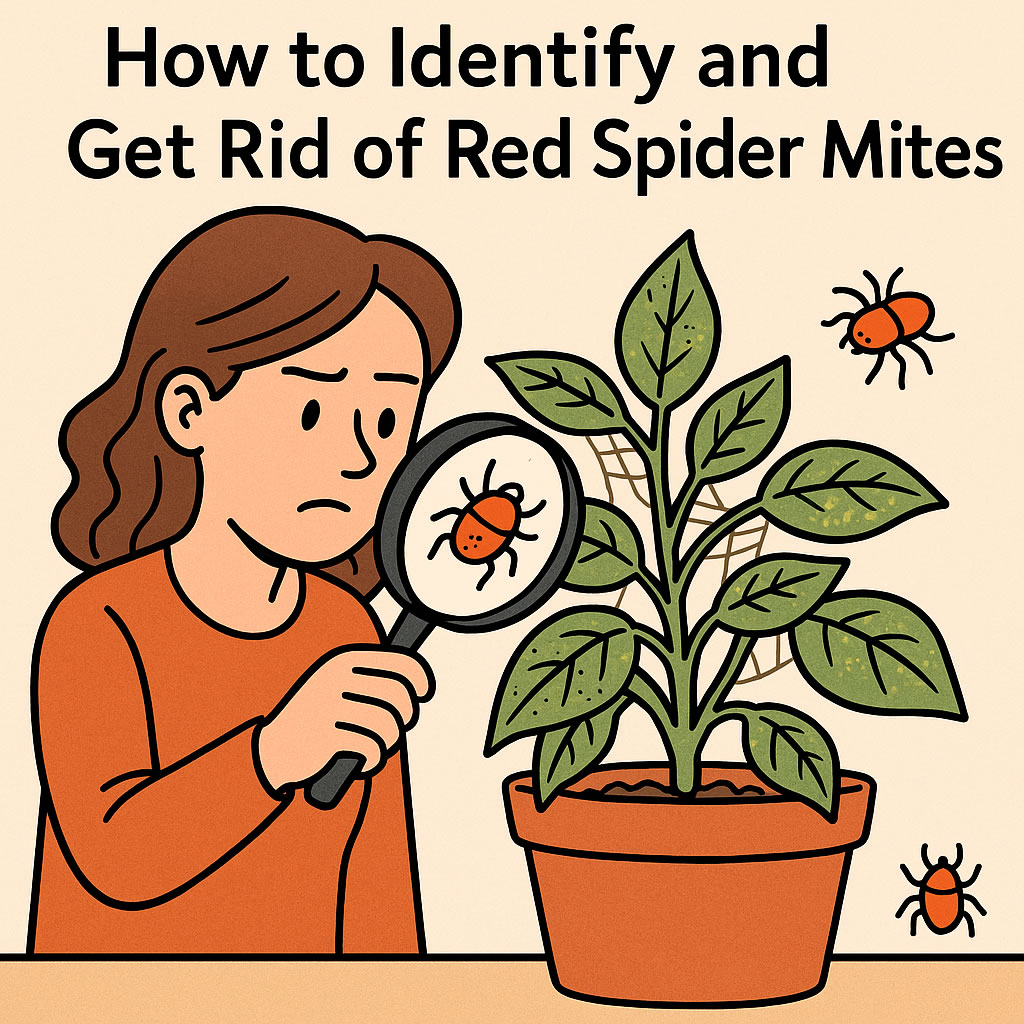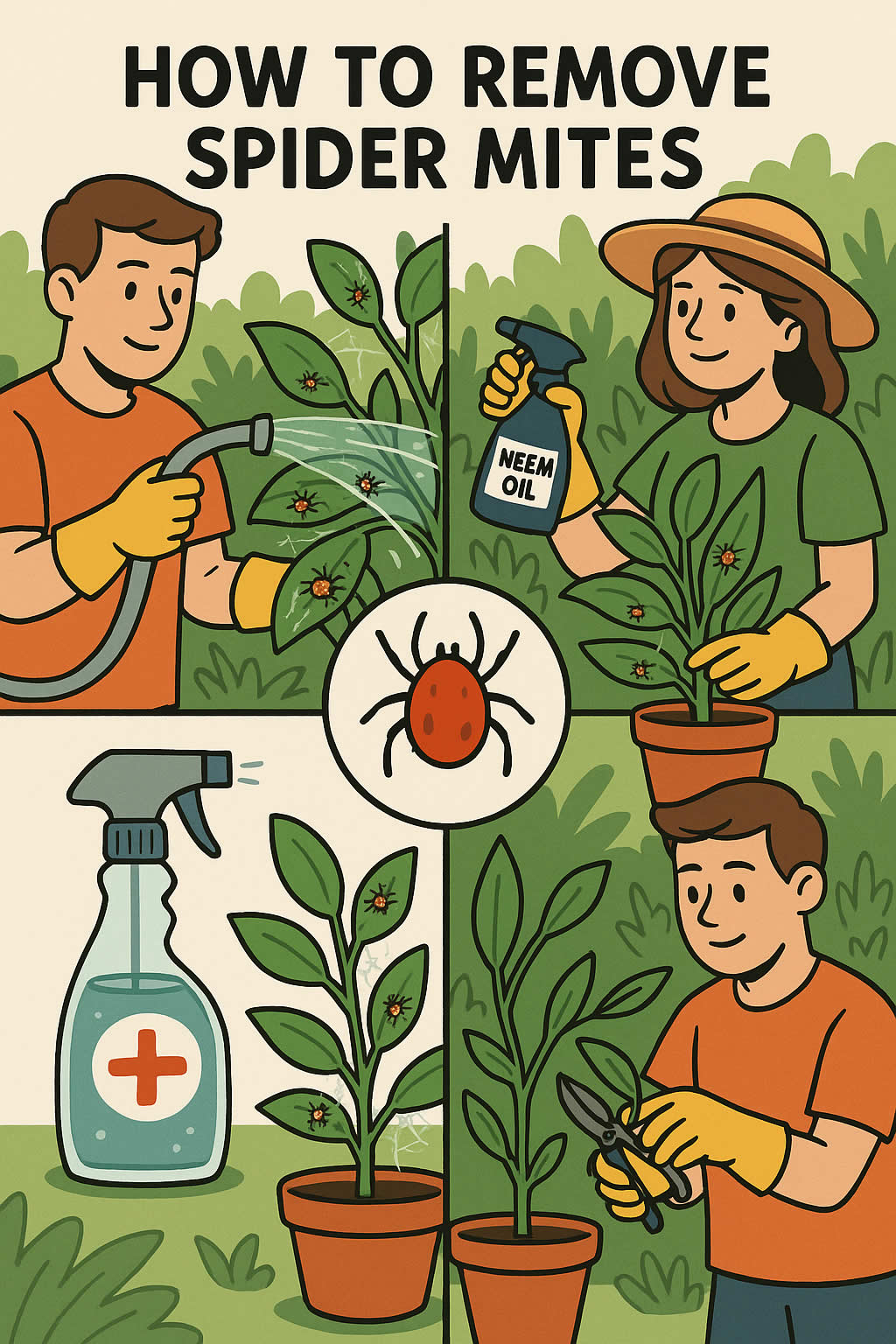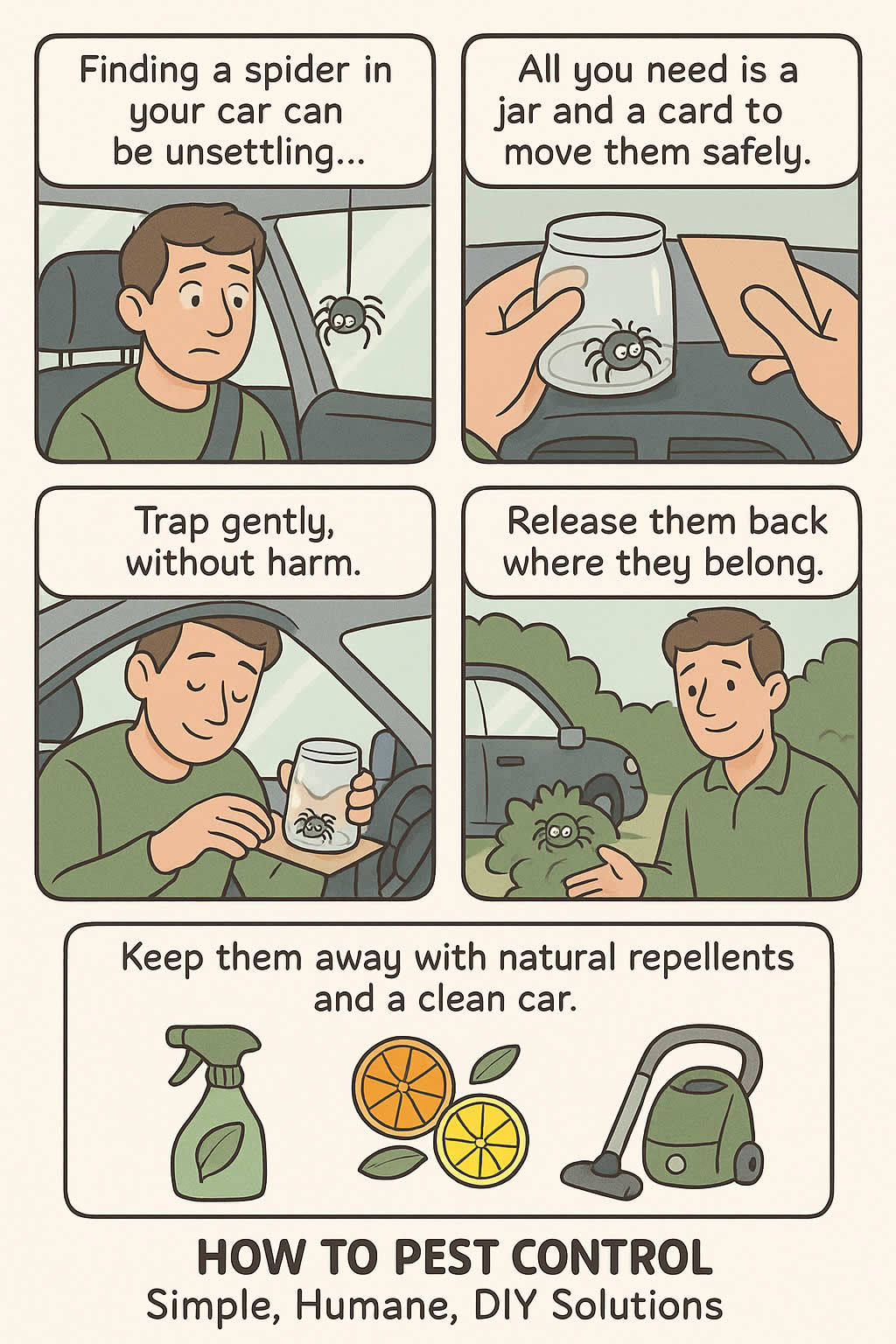Related Queries
ToggleDid you know that spiders can build their intricate webs in just about an hour? Understanding how to remove spider webs effectively becomes crucial when you realise these eight-legged architects might be redecorating your home daily.
While some spiders repair damaged webs, others abandon them completely, leaving behind what we commonly call cobwebs—those dusty, neglected structures that collect debris over time. However, there’s a significant difference between active spider webs and cobwebs, which affects how we should approach their removal. Additionally, knowing the best way to remove cobwebs from curtains, ceilings, and outdoor spaces can save you time and frustration.
In fact, all spiders combined consume approximately 440 to 880 million tonnes of insects annually, making them beneficial for pest control. Still, finding effective methods for how to get rid of spider webs outside and how to get rid of cobwebs inside becomes necessary when they start taking over your living spaces.
Fortunately, from natural solutions like peppermint oil to sealing entry points around your home, there are several proven strategies for how to remove spider webs from your home permanently. In this guide, we’ll explore practical methods that actually work, helping you maintain a web-free environment without harming these beneficial creatures.
Understanding Spider Webs and Cobwebs
To effectively tackle web removal, understanding the difference between spider webs and cobwebs is essential. Many homeowners mistakenly use these terms interchangeably, but knowing their distinct characteristics helps determine the best approach for elimination.
What makes a cobweb different from a spider web?
Spider webs are active structures created and maintained by spiders to catch prey. They typically appear organised and symmetrical, with a specific design based on the spider species. These webs serve as intricate traps that capture smaller insects before the spider injects venom to paralyse its prey.
Cobwebs, on the other hand, are abandoned spider webs that collect dust and debris over time. Once a spider leaves its web, the structure becomes loose and dirty rather than elastic and tight. Biologists also use the term “cobweb” to describe the intentionally tangled three-dimensional webs created by spiders from the Theridiidae family. These “cobweb spiders” deliberately build irregular structures that might appear messy but remain effective at catching prey.
Why spider webs keep coming back
Despite your best cleaning efforts, spider webs often reappear for several reasons:
- Some spiders rebuild their webs daily, taking only about an hour to construct a new one
- When webs become damaged or lose stickiness due to wind and rain, spiders often recycle the silk by eating it and then creating fresh webs
- The presence of food sources is the primary reason spiders persist – if you have spiders, you likely have other insects they’re feeding on
- Multiple generations of spiders may refurbish the same web locations, particularly in undisturbed areas
Furthermore, if cobwebs continue appearing after removal, this indicates an ongoing spider presence rather than just a cleaning issue. Spiders follow their prey indoors and have no concept of being “inside” – to them, your home is simply another habitat with food sources.
Common places where webs form
Spiders strategically select web locations based on several factors:
Spider webs typically appear in areas with low foot traffic and minimal disturbance. Inside homes, they’re commonly found in basement corners, closets, window sills, and bathroom fixtures – especially in dark, undisturbed spaces. Outside, webs frequently form under porches, verandas, balconies, and other hard-to-reach areas.
Humid environments also attract certain spider species, making bathrooms, shower areas, and damp basements prime web-building locations. Additionally, areas near light sources become web hotspots since lights attract insects – the spiders’ primary food source.
Understanding these patterns helps create more effective strategies for permanent spider web removal throughout your home.
Best Ways to Remove Spider Webs
Removing spider webs efficiently requires the right tools and techniques. Whether dealing with fresh webs or dusty cobwebs, having an effective strategy makes the process straightforward. Let’s explore practical methods for tackling these eight-legged architects’ creations.
Vacuuming hard-to-reach corners
Vacuum cleaners are exceptionally effective for removing spider webs from difficult spots. The suction power helps dislodge sticky webs that might be challenging to remove manually. For best results:
- Use the soft brush attachment to avoid scratching surfaces
- Attach extension tubes to reach high ceilings and corners
- Focus on slower movements to ensure complete removal
- Consider a cordless vacuum for greater mobility around furniture
Vacuuming not only removes the webs but also captures any eggs or spiders present, making it a thorough solution for comprehensive cleaning.
Using dusters and extension tools
Specially designed cobweb dusters with telescopic poles offer remarkable reach for high ceilings and outdoor areas. These tools typically feature:
Extendable aluminium poles that reach up to 20 feet, allowing access to vaulted ceilings without ladders. Soft, flexible bristles effectively capture webs without damaging surfaces. Many modern dusters include bendable heads to access awkward corners.
Apart from commercial options, a simple DIY alternative involves attaching a dampened sock or microfibre cloth to a broom handle or yardstick – surprisingly effective for quick removal.
How to remove spider webs from home permanently
For a lasting solution, equal parts white vinegar and water in a spray bottle works wonderfully. Spiders dislike vinegar’s smell, subsequently keeping them away. Apply the mixture to areas where webs frequently appear – typically ceiling corners, windowsills, and doorways.
This method not only dissolves existing webs but also creates an environment spiders prefer to avoid, reducing future web construction.
How to get rid of cobwebs on curtains and fabrics
Fabric surfaces require gentler approaches. Firstly, vacuum curtains and upholstery using low suction settings to avoid damage. Afterwards, a lint roller effectively captures remaining sticky strands that vacuuming might miss.
For delicate fabrics, gentle brushing followed by washing (where possible) ensures complete removal of web residue.
How to Prevent Spider Webs from Returning
After successfully removing spider webs from your home, the next challenge is preventing their return. Although cleaning away cobwebs provides temporary relief, implementing preventive measures ensures long-term success in keeping your spaces web-free.
Seal cracks and entry points
Spiders typically enter homes through tiny openings around windows, doors, and foundations. Consequently, sealing these entry points becomes your first defence:
- Apply weatherproof caulking to gaps in eaves, foundation cracks, and spaces around pipes
- Install door sweeps to eliminate gaps at the bottom of exterior doors
- Place fine mesh screens over vents, drains, and chimneys
- Repair torn window screens promptly
Sealing these access points significantly reduces the chances of spiders establishing nests on your property, helping you remove spider webs from your home permanently.
Use natural repellents like peppermint oil
Spiders have a strong aversion to certain scents, making essential oils an effective deterrent:
To create a spider-repellent spray, add about five drops of peppermint oil to a 16-ounce spray bottle filled with water and a small amount of dish soap. Apply weekly around doors, windows, and corners. For persistent problems, increase application to every few days.
Alternatively, place cotton wool balls soaked in lavender oil around your home. Other effective essential oils include eucalyptus, tea tree, citrus, and cinnamon—all readily available online.
Keep your home clean and clutter-free
Regular cleaning disturbs potential spider habitats, making your home less inviting:
- Dust and vacuum frequently, focusing on corners, baseboards, and under furniture
- Remove leaf piles, compost, and debris near exterior walls
- Organise storage areas and reduce clutter where spiders hide
- Use plastic storage containers instead of cardboard boxes
Clutter-free spaces provide fewer hiding spots, fundamentally reducing the need to get rid of cobwebs repeatedly.
Reduce indoor lighting that attracts insects
Spiders follow their food source—mainly insects attracted to light:
Turn off exterior lights when unnecessary, as they draw insects that spiders hunt. Replace standard bulbs with yellow sodium vapour lights, which attract fewer insects. Additionally, use opaque blinds to prevent indoor light from shining outside at night.
Altogether, these prevention strategies create an environment where spiders are less likely to establish webs, reducing your need to constantly remove them.
When to Use Sprays or Call Professionals
Sometimes DIY methods aren’t enough to tackle persistent spider problems. Knowing when to escalate your approach can save time and frustration.
Using WD-40 and other sprays outside
Despite popular advice online, WD-40 is not an effective solution for how to remove spider webs permanently. This product is primarily a lubricant and solvent, not a pesticide. Even though it might temporarily make surfaces slippery, preventing web attachment, several issues make it problematic:
- WD-40 is flammable and potentially harmful if inhaled by humans or pets
- It can stain various surfaces including wood, fabric, paint, and siding
- The product eventually evaporates, leaving no lasting repellent effect
For outdoor spaces, dedicated spider repellent sprays containing essential oils like peppermint provide a safer alternative. These products typically offer longer-lasting protection without the drawbacks of household lubricants.
When to consider pest control services
Professional intervention becomes necessary under specific circumstances:
- When you’ve identified venomous species like black widows or brown recluses
- If multiple egg sacs have hatched, creating a sudden surge in spider numbers
- When spiders persist despite consistent DIY prevention methods
- For infestations in difficult-to-access areas such as crawlspaces, attics or high eaves
Professional pest controllers use advanced treatments that effectively eliminate spiders whilst being safer for your home than DIY chemical solutions.
Signs of a spider infestation
Recognising the difference between occasional visitors and a genuine infestation helps determine appropriate action:
- Abundant webs in corners, ceiling beams, and hidden areas that reappear shortly after removal
- Discovery of white, silk-wrapped egg sacs (each containing up to 100 eggs)
- Increased sightings of dead insects (spiders’ food source)
- Small black dots resembling paint splatters (spider droppings)
- Frequent spider sightings, especially in undisturbed areas
Moreover, spiders typically prefer dark, humid environments like basements and attics. If these areas show significant spider activity, it may indicate a broader problem requiring professional assessment.
Our Final Say!
Dealing with spider webs becomes much easier once you understand their nature and apply the right removal techniques. Throughout this guide, we’ve explored how these eight-legged architects create their structures, why they keep returning, and most importantly, how to effectively remove them from various surfaces in your home.
Undoubtedly, the best approach combines both removal and prevention strategies. Vacuuming hard-to-reach corners, using extension tools for high ceilings, and applying vinegar solutions work effectively for immediate removal. Additionally, sealing entry points, keeping your home clutter-free, and using natural repellents like peppermint oil help prevent future web construction.
Remember, though spiders serve beneficial roles in our ecosystem by controlling other pests, their webs can quickly transform your living spaces. Therefore, regular maintenance remains crucial for keeping your home web-free. Most importantly, you now know when simple DIY methods suffice and when professional intervention becomes necessary.
Armed with these practical strategies, you can maintain a web-free environment without harming these beneficial creatures. After all, living harmoniously with nature while keeping our spaces clean is the balance we all strive to achieve.
Pest Control Stevington – Pest Control North Yorkshire – Pest Control Turvey
